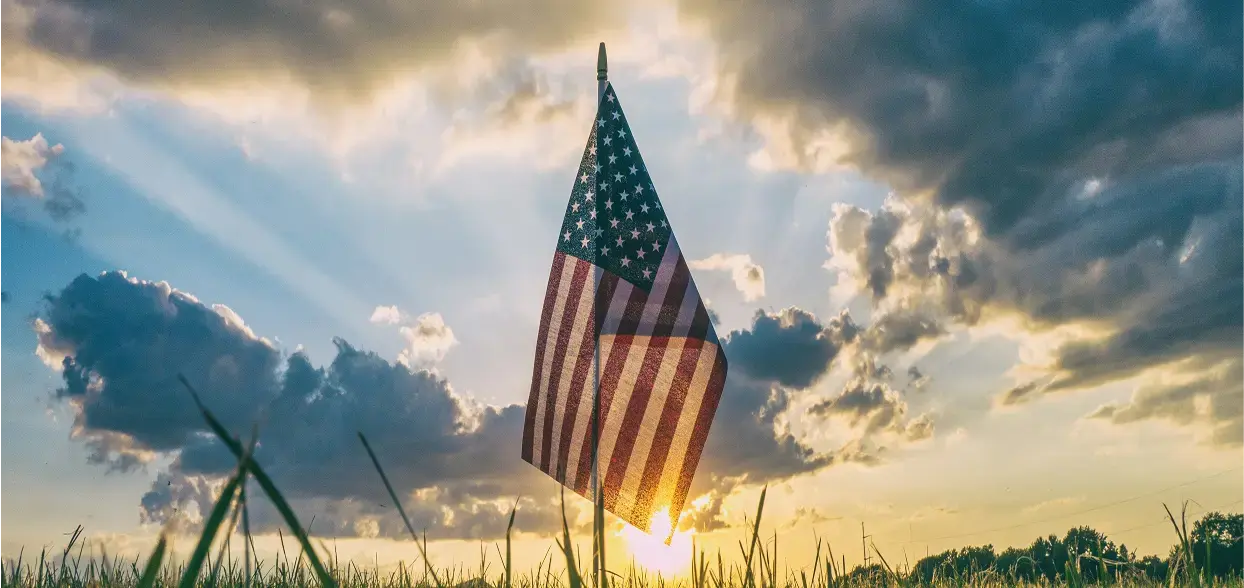Projects placed in service in 2026 that qualify for the Section 179D deduction will be eligible for new, inflation-adjusted per-square-foot deduction rates under Revenue Procedure 2025-32 released October 14, 2025. For designers, architects, and engineers planning to claim these deductions, here’s what has changed and how to adapt.
The applicable per square foot deduction values rise to a base range of $0.59 to $1.19 per square foot and $2.97 to $5.94 per square foot for projects that qualify for the “bonus rate” deduction available for projects that meet PWA (Prevailing Wage & Apprenticeship) requirements.
Understanding PWA Requirements
PWA compliance is critical for unlocking the enhanced 5× “bonus” rate deduction made available to taxpayers under the Inflation Reduction Act of 2022. Taxpayers have two approaches available to them to meet PWA requirements and qualify for “bonus” deductions available under 179D. Both are explained in further detail below.
Meet PWA Requirements through Performance:
Taxpayers interested in qualifying for the “bonus” rate 179D deduction have the option to meet PWA requirements by ensuring that all laborers and mechanics involved with the project are paid locally prevailing wages, apprentices are used to complete required numbers of labor hours, and they retain appropriate records to support compliance with PWA requirements.
- Prevailing Wage: Laborers and mechanics must be paid at least the locally prevailing wage rates set by the Department of Labor (DOL), inclusive of fringe benefits.
- Apprenticeship: Projects must meet apprenticeship participation, supervision and labor-hour thresholds. Apprentices must be enrolled in applicable "qualified” apprenticeship programs.
- Documentation: Final PWA Regulations outline recordkeeping, certification, and correction procedures. Requirements are stringent and complicated. Taxpayers are encouraged by the IRS to retain qualified third-party advisors to assist with meeting compliance requirements.
Qualify Under Safe Harbor(s):
In the event taxpayers are not able to meet Prevailing Wage and Apprenticeship labor and recordkeeping requirements for projects there are still opportunities to qualify via safe harbor provisions. Projects deemed to have “commenced construction” prior to January 29, 2023 as outlined by IRS Notice 2022-61 qualify for “bonus” rates as well. Notice 2022-61 provides two tests to determine start of construction: the Physical Work Test and 5% Safe Harbor.
- Physical Work Test: Construction begins at the start of significant physical work for a continuous period, which does not include preliminary planning and preparatory activities. Work may occur on or off site to be considered significant physical work.
- 5% Safe Harbor: Construction begins when the taxpayer pays or incurs at least 5% of the costs of the facility, and thereafter, the taxpayer makes continuous efforts to complete the project. This includes costs incurred by other parties in the process of producing property for the taxpayer under a binding contract.
Note: IRS Notice 2025-42 released August 15, 2025 has created new beginning of construction guidelines for many clean energy projects, but is silent on the treatment for 179D.
Comparison: 2025 vs 2026 Deduction Rates
|
PWA REGULATIONS |
| Met or Exempt (PWA) |
Not Met (Base) |
| Deductions per Square Foot |
| TAX YEAR |
2025 |
$2.90–$5.81 + $0.12 per sq ft per % above 25% (cap 50%)
|
$0.58–$1.16 + $0.02 per sq ft per % above 25% (cap 50%)
|
| 2026 |
$2.97–$5.94 + $0.12 per sq ft per % above 25% (cap 50%)
|
$0.59–$1.19 + $0.02 per sq ft per % above 25% (cap 50%)
|
Sources: IRS Rev. Proc. 2024-40 for 2025; IRS Rev. Proc. 2025-32 for 2026
How Concord Energy Strategies Can Help
Concord Energy Strategies provides complete Section 179D support:
- Complimentary upfront evaluation to determine eligibility and provide a projection of available benefits
- In house energy modeling and certifications aligned with IRS and DOE standards
- End-to-End PWA compliance management services
- Preparation of all necessary documentation to facilitate allocation of benefit from tax-exempt entities
- Audit defense as a standard part of every engagement
Partnering early with a 179D specialist streamlines compliance and maximizes the benefits you are able to receive.
Book an appointment with our team for more details.


